For those purchasing a UPS for the first time, I provide essential knowledge.
This time, I’ll talk about batteries and I believe that this topic will be useful both before and after your purchase.
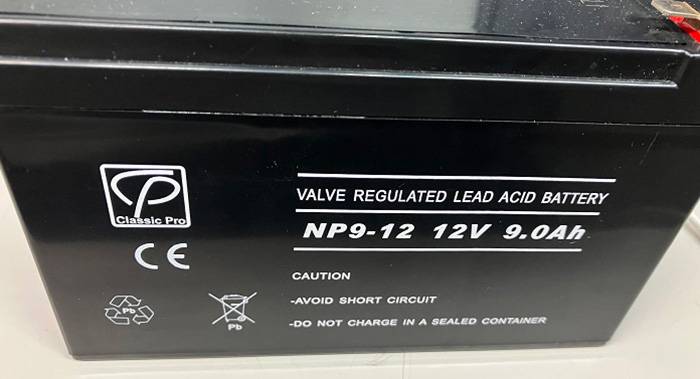
So now, let’s jump right into exploring ‘batteries’.
Contents
1. Batteries Used in CLASSIC PRO UPS
The batteries used in CLASSIC PRO UPS are valve regulated lead acid batteries.
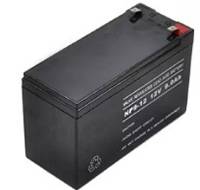
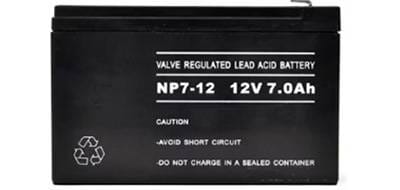
As indicated “VALVE REGULATED LEAD ACID BATTERY” on the battery, this is a sealed lead acid battery that is compact, requires no electrolyte replenishment, and is widely used in various applications including UPS systems.
2. How Batteries Work
Regarding the charging and discharging mechanism of lead acid batteries, there are detailed explanations available on the internet and in books. I’m borrowing the explanation from Wikipedia:
“In the fully-charged state, the negative plate consists of lead, and the positive plate is lead dioxide. The electrolyte solution has a higher concentration of aqueous sulfuric acid, which stores most of the chemical energy. In the discharged state, both the positive and negative plates become lead(II) sulfate (PbSO4), and the electrolyte loses much of its dissolved sulfuric acid and becomes primarily water.”
While these processes are not directly observable, lead acid batteries function based on these principles.
3. Battery Lifespan and Replacement
The batteries used in CLASSIC PRO UPS Series are maintenance-free and do not need to be refilled with battery acid, but they do have a life span and need to be replaced periodically.
I’m going to talk about the battery used in the CLASSIC PRO UPS Series, including its life expectancy and replacement time.
■ Battery Life
The lifespan of the batteries on the CLASSIC PRO UPS Series is 1 to 2 years. At a temperature of 25°C, the battery is expected to last approximately 2 years, while at 35°C, it’s about 1 year. However, these estimates may vary if there are frequent discharges or if the UPS is left unpowered (not plugged in).
Using batteries beyond their lifespan may result in issues such as the UPS showing a full charge on the indicator but the actual battery capacity being reduced. This could lead to shorter backup times (the duration the battery can supply power during an outage) or even the inability to provide power during outages.
It is recommended to perform regular battery replacement (approximately once a year) to ensure optimal performance.
■ Battery Replacement
Due to variations in battery capacities across different models, please ensure to verify the capacity and perform the replacement accordingly.
Battery capacity can be identified by the ○AH specification. AH stands for ‘Ampere-hour’, with larger numbers indicating higher capacity.
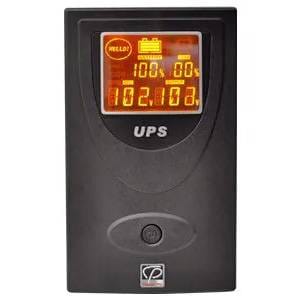
LX Series
CLASSIC PRO / UPS500LX
CLASSIC PRO / UPSB7AH × 1 unit
CLASSIC PRO / UPS1200LX
CLASSIC PRO / UPSB7AH × 2 units
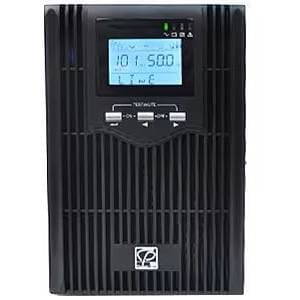
PS Series
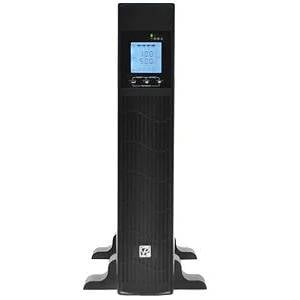
RT Series
CLASSIC PRO / UPS1000RT
CLASSIC PRO / UPSB9AH × 2 units
Please also watch the video on how to replace the batteries embedded on the product page.
Conclusion
With the changing seasons and the increasing occurrence of sudden heavy rains, preparing for emergencies becomes more crucial. I hope you find our UPS products helpful for such situations. I also hope to continue providing information about UPS.
Although it has been rainy due to the autumn rain front, I caught this mullet while fishing and enjoying the night view of Hotel Miracosta. While often called outsider, its charming form brought solace.

See you next time.






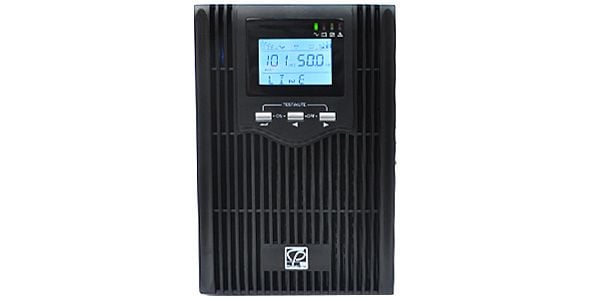
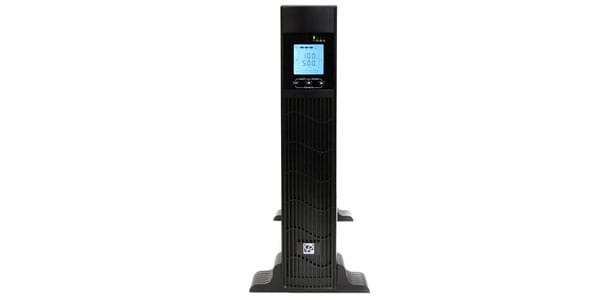
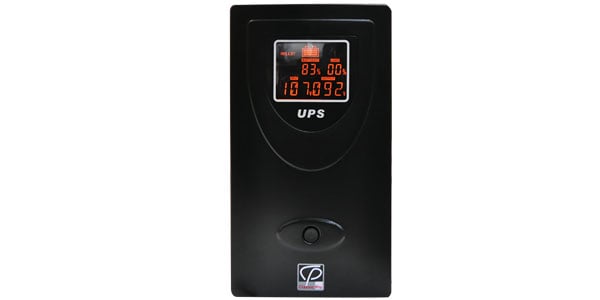
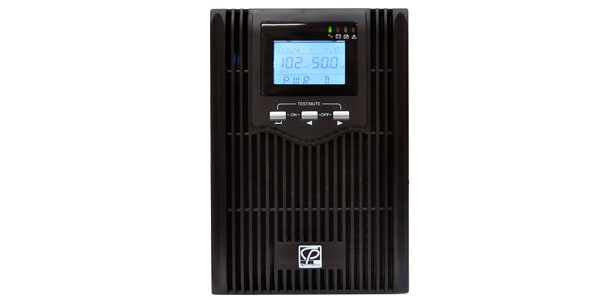
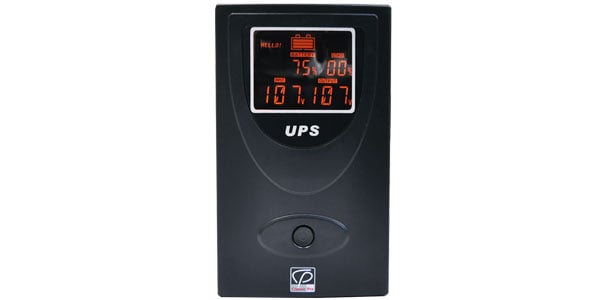
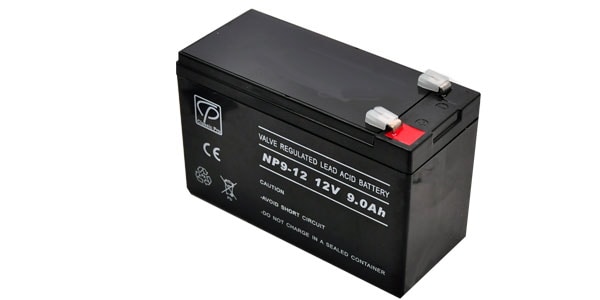
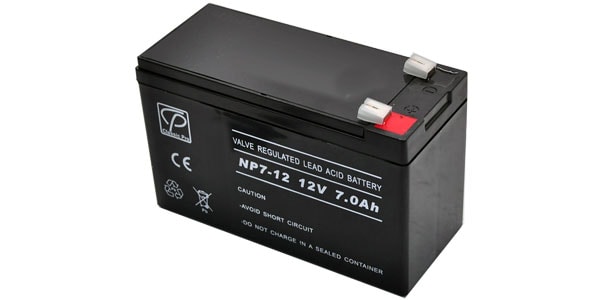
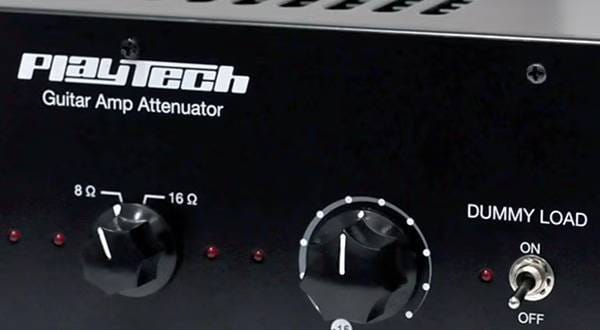


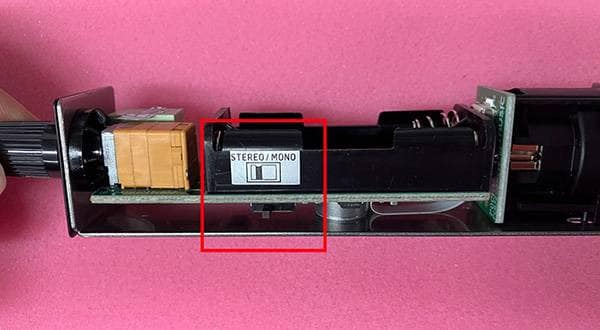


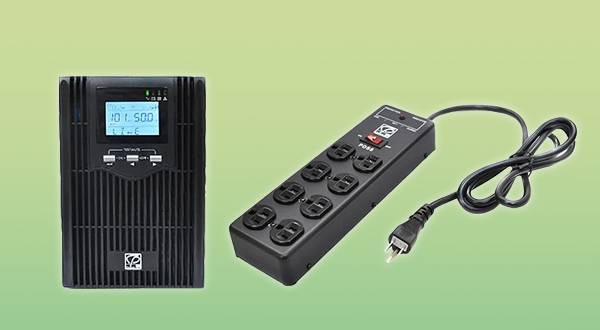
![[Latest for 2022] Simple Guide to Choosing a UPS](/contents/uploads/thumbs/2/2022/1/20220118_2_16206_1.jpg)
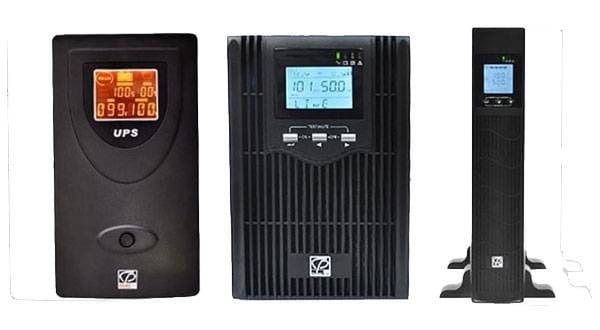
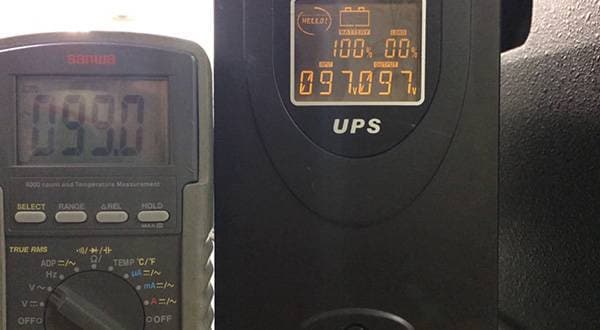
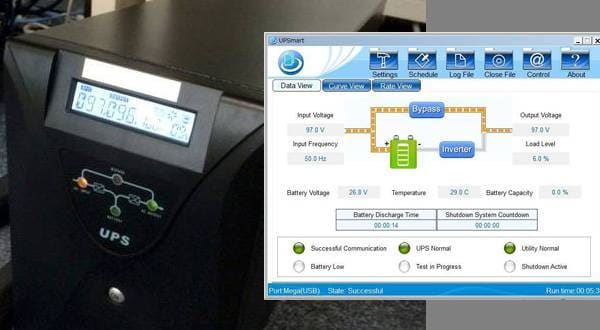
 PC向けDJソフトの選び方
PC向けDJソフトの選び方
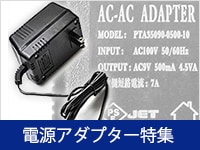 電源アダプター特集
電源アダプター特集
 DTMに必要な機材
DTMに必要な機材
 停電時にパソコン、作曲データを守る!!
停電時にパソコン、作曲データを守る!!
 DTM・DAW購入ガイド
DTM・DAW購入ガイド















